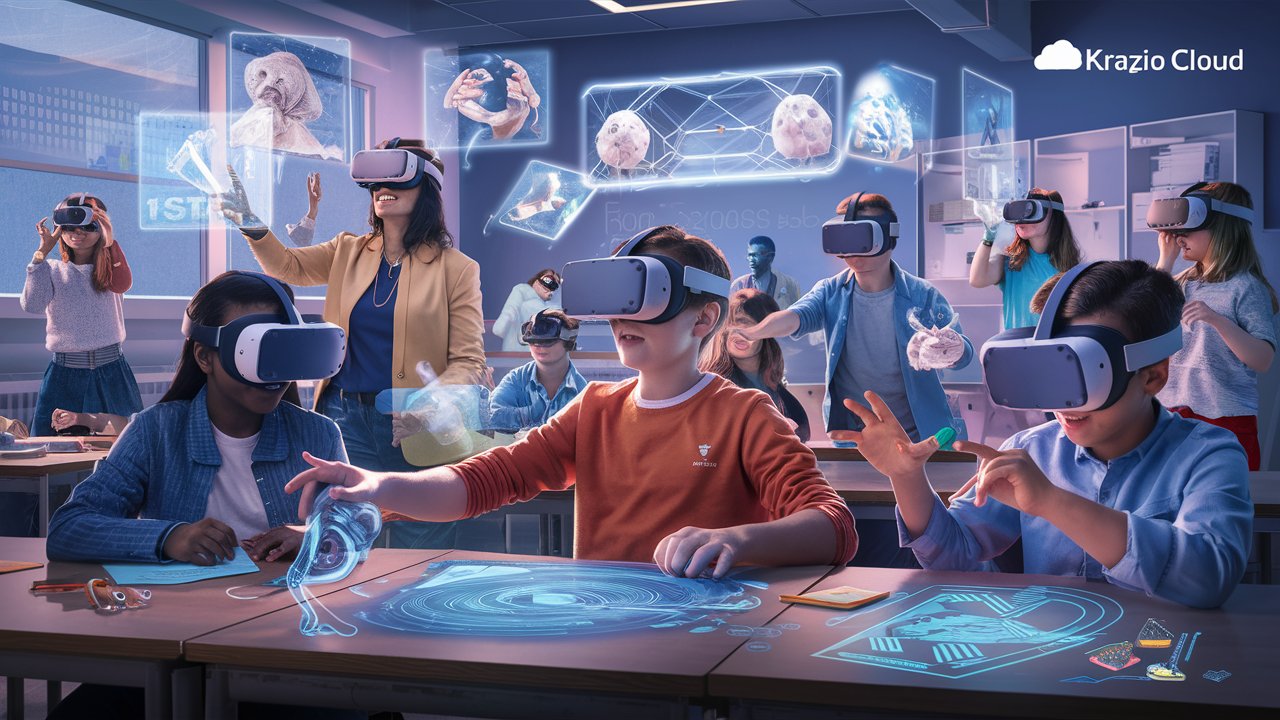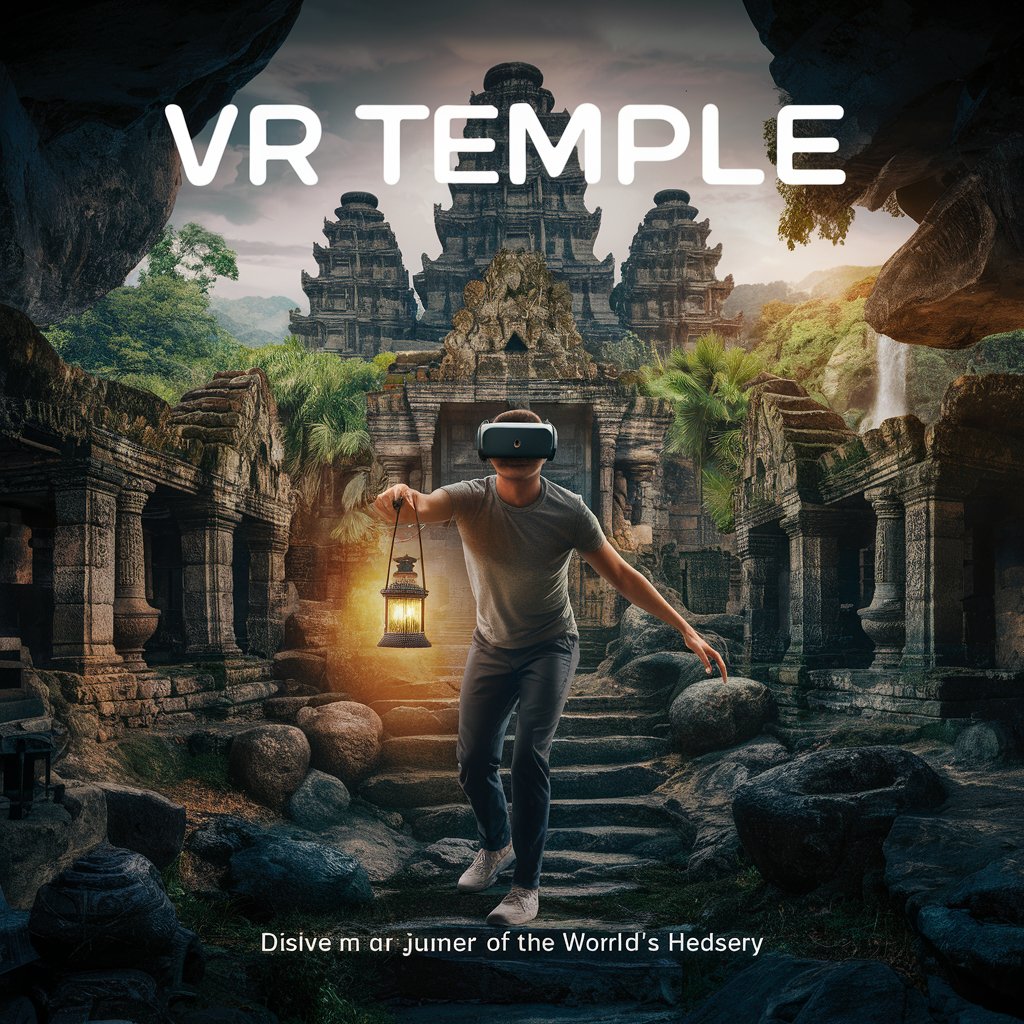Case Details

1. Enhancing Classroom Learning:
Traditional Classroom Settings Often Struggle To Fully Engage Students And Cater To Individual Learning Needs. AR/VR/XR Technologies Offer Immersive Learning Experiences That Captivate Students' Attention And Promote Active Participation. For Example, AR Applications Can Overlay Interactive 3D Models Onto Textbooks, Allowing Students To Explore Complex Concepts In A Tangible Way. VR Simulations Enable Students To Embark On Virtual Field Trips To Historical Landmarks, Scientific Wonders, And Far-off Destinations, Enriching Their Learning Experience And Broadening Their Horizons. XR Technologies Facilitate Collaborative Learning Experiences, Allowing Students To Interact With Peers And Teachers In Virtual Environments, Regardless Of Physical Distance.
2. Personalized Learning And Skill Development:
Every Student Has Unique Learning Preferences And Needs. AR/VR/XR Technologies Enable Personalized Learning Experiences That Cater To Individual Students' Strengths And Interests. For Instance, AR-enabled Adaptive Learning Platforms Can Dynamically Adjust Content And Difficulty Based On Students' Progress And Performance, Ensuring Each Student Receives Tailored Instruction And Support. VR Simulations Allow Students To Practice Hands-on Skills In A Safe And Controlled Environment, Such As Conducting Science Experiments Or Performing Surgical Procedures. XR Technologies Facilitate Immersive Language Learning Experiences, Allowing Students To Engage With Native Speakers And Cultural Contexts, Accelerating Language Acquisition And Fluency.
3. Enabling Remote Education And Accessibility:
The COVID-19 Pandemic Highlighted The Importance Of Remote Education And Accessibility In Ensuring Continuity Of Learning For All Students. AR/VR/XR Technologies Offer Solutions To Bridge Geographical And Physical Barriers To Education. For Example, AR-enabled Remote Learning Platforms Can Bring Experts And Guest Speakers Into The Classroom Virtually, Enriching Students' Learning Experience And Expanding Their Networks. VR Classrooms Enable Students To Attend Classes And Participate In Discussions From Anywhere In The World, Eliminating The Constraints Of Physical Distance And Travel. XR Technologies Facilitate Inclusive Learning Experiences For Students With Disabilities, Providing Alternative Modes Of Interaction And Representation That Accommodate Diverse Needs And Abilities.
4. Fostering Creativity And Collaboration:
AR/VR/XR Technologies Empower Students To Unleash Their Creativity And Collaborate With Peers In New And Innovative Ways. For Example, AR-enabled Storytelling Applications Allow Students To Create Interactive Narratives And Multimedia Presentations, Fostering Creativity And Self-expression. VR Design Studios Enable Students To Collaborate On Virtual Projects, Such As Architectural Designs Or Engineering Prototypes, Regardless Of Their Physical Location. XR Environments Facilitate Group Projects And Problem-solving Activities, Promoting Teamwork And Communication Skills Essential For Success In The Digital Age.
Conclusion:
AR/VR/XR Technologies Hold Immense Potential To Transform Education By Enhancing Classroom Learning, Personalizing Instruction, Enabling Remote Education, And Fostering Creativity And Collaboration. As An Experienced IT Company, Krazio Cloud Is Committed To Helping Educational Institutions Harness The Power Of These Technologies To Achieve Their Goals. Whether It's Developing Custom AR/VR Applications, Web Solutions, Or Providing Expert Guidance And Support, Krazio Cloud Can Tailor Solutions To Meet The Unique Needs Of The Education Sector. For Inquiries And To Explore How Krazio Cloud Can Help Your Educational Institution Leverage AR/VR/XR Technologies, Contact Us At:
- Email: sales@kraziocloud.com
- Phone (India): +91 7202002034
- Phone (USA): +1 (623) 887-5363













